What is Documentary Photography?
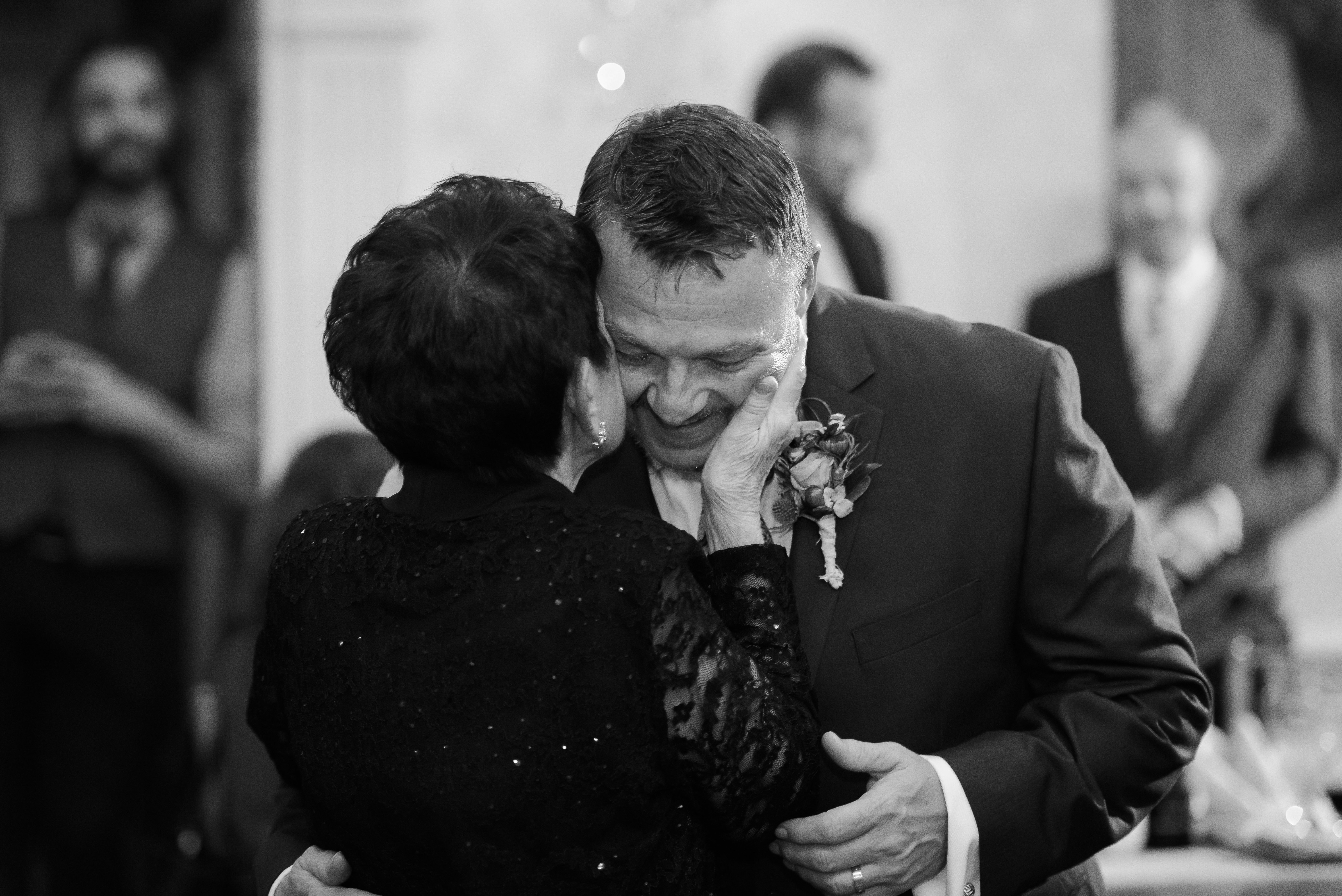
“We’re Documentary Wedding and Portrait Photographers.” That’s our typical response when someone asks us what we do.
But what does that even mean?
Documentary photography has its roots in reportage and street photography. They are generally unposed, and often the subject is barely or entirely unaware of the presence of the photographer. Henri Cartier-Bresson once said, “Above all, I craved to seize, in the confines of one single photograph, the whole essence of some situation that was in the process of unrolling itself before my eyes.” Honest, authentic images that seek to tell stories about the lives of the subjects are the focus.
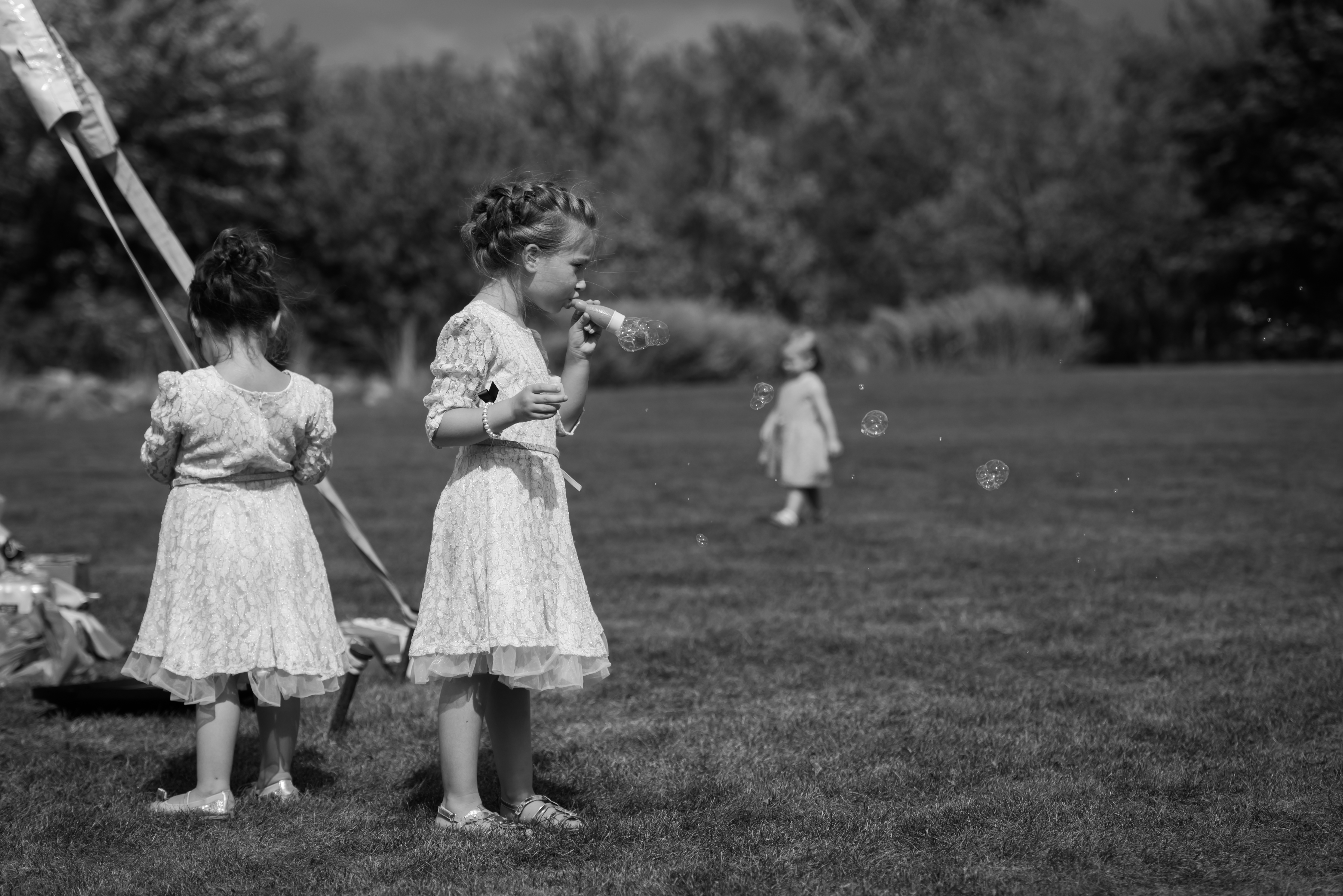
We often say, “It’s your wedding, not our photoshoot.” That’s because we believe that when you have an experience and feel an emotion, you’ll carry that emotion with you. Further, if you see a photograph of that moment, you’ll associate that emotion with that image. We believe our couples should be focusing on each other, not on us.
On the most basic level, we believe this to be true:
Genuine Moments + Genuine Connection = Powerful Images
This is the basis of documentary photography. We’ve always loved it, we’ve always been affected deeply by it; but we didn’t always photograph this way.
Let me tell you a little bit about our journey.
Our pastor read a quote during our wedding that has always stuck with us:
“We need a witness to our lives. There’s a billion people on the planet…I mean, what does any one life really mean? But in a marriage, you’re promising to care about everything. The good things, the bad things, the terrible things, the mundane things…all of it, all of the time, every day. You’re saying ‘Your life will not go unnoticed because I will notice it. Your life will not go unwitnessed because I will be your witness.’” –Shall We Dance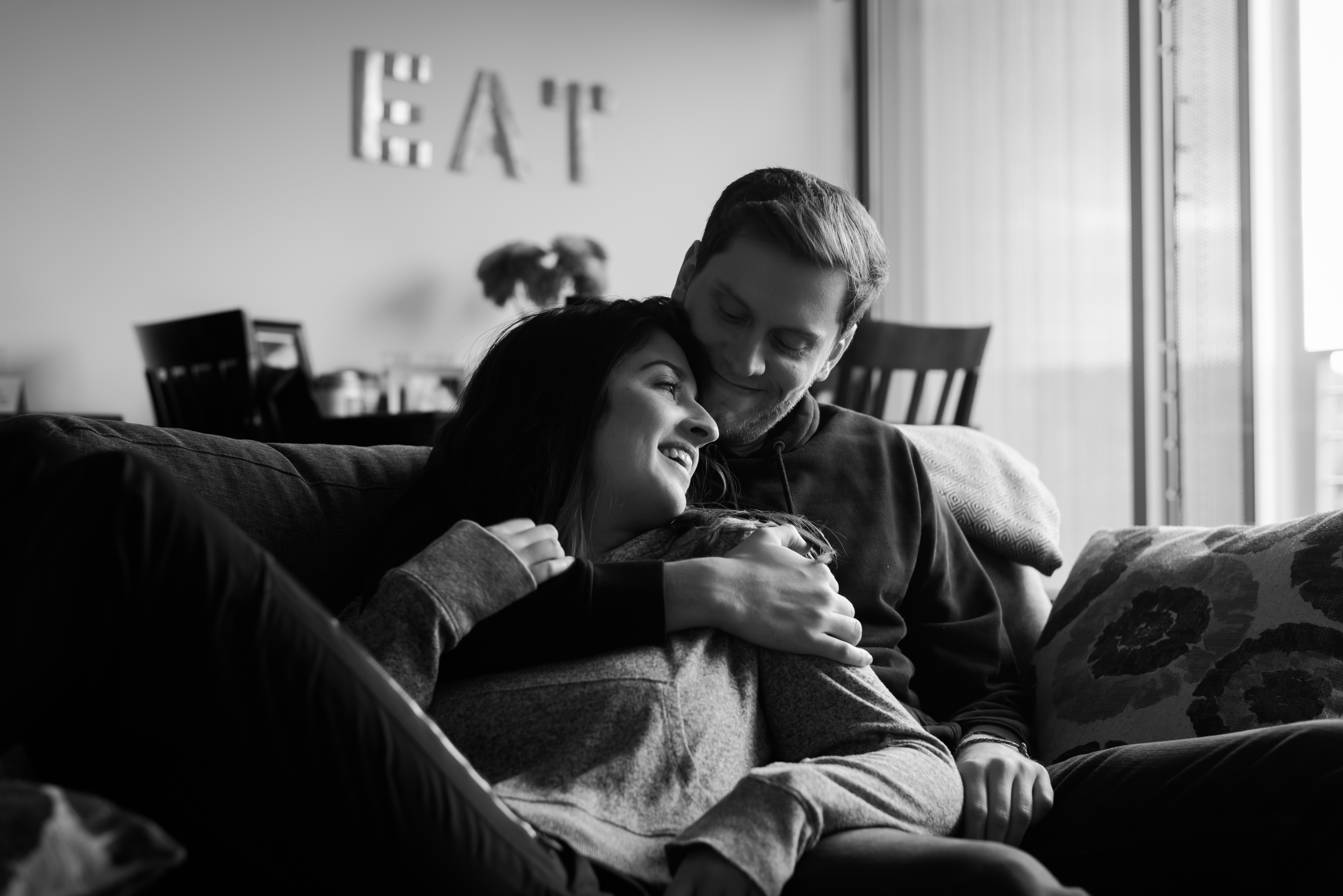 More than most, this quote has informed the way we act towards each other, and it also informs how we photograph.
More than most, this quote has informed the way we act towards each other, and it also informs how we photograph.
When we started to take our photography a bit more seriously and dove into learning and experimenting with our craft, we tried tons of techniques. We learned posing and portraiture, natural lighting and flash, basic and advanced composition, product photography and macro techniques, you name it. It was a rush for both of us to be able to see an idea in our heads, and then replicate it in an actual frame.
But we realized we were missing something.
Elliot Erwitt once said, “All the technique in the world does not compensate for the inability to notice.” And the more we worked with clients and worked on our techniques, the more we wanted to step back and notice what was happening in their lives.
It was when we went to Europe in 2013 that we really had a revelation about our work, and really our process. I still remember standing in the middle of the sidewalk in downtown London with Rachel, our cameras clicking away at all of the amazing sites around us, taking in the feel of the street. I turned to Rachel and asked, “Why don’t we make an effort to really concentrate on our photography during this trip.”
And it was amazing.
As we traveled to city after city for 23 days, photographing buildings, vistas, each other, and even strangers in the street, Cartier-Bresson’s craving seized us, too. We played with movement, with shadows, with crazy angles, and shooting through everything we could find. We’d stop for coffee or a glass of wine and show each other what we photographed, constantly amazed at each other’s images and the little things the other had noticed during our walk.
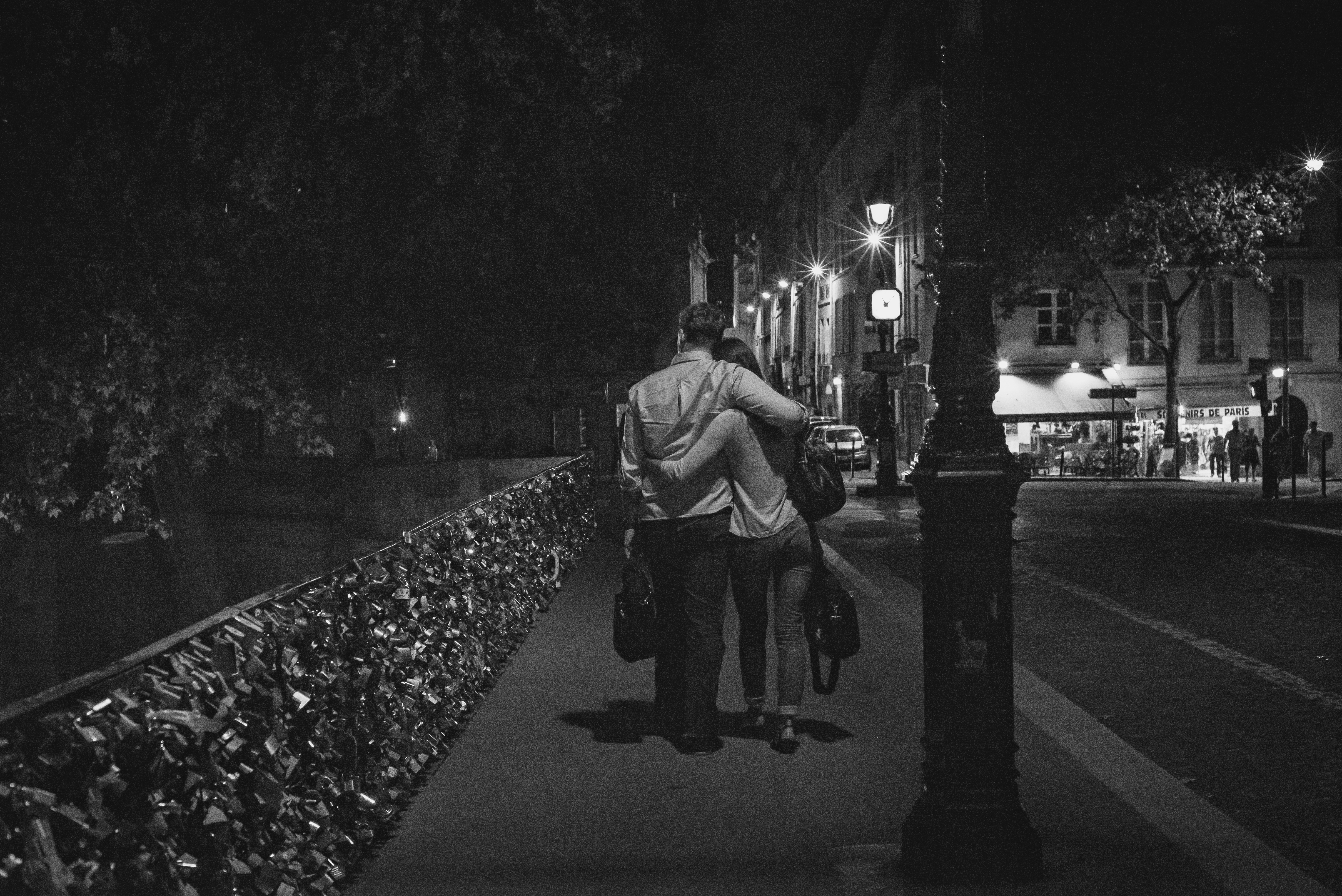 When we returned from our trip, both of us yearned for the freedom to keep photographing like that. We decided to incorporate more of that element of spontaneity into both our portrait and wedding work, and the results were amazing.
When we returned from our trip, both of us yearned for the freedom to keep photographing like that. We decided to incorporate more of that element of spontaneity into both our portrait and wedding work, and the results were amazing.
When we started stepping back, allowing scenes to unfold in front of us, and freely and creatively documenting the stories that were taking place, it made things far more relaxed; that allowed our clients to interact and connect more with each other. We had more fun, our clients had more fun, and we created the space to notice and capture amazing images that our clients connected with in a powerful way.
And, all our former technical training had not gone to waste. By learning so many different techniques and understanding what different light and lenses will do in different conditions, we found ourselves able to adapt well to the dynamic scenes we sought; able to draw out beauty just by noticing–witnessing someone’s life.
So how do we achieve this during weddings and portrait sessions? In our upcoming articles, we’ll be discussing our process for how we do just that.
Now over to you. Have you had an experience that deeply changed the way you approached a part of your life? Tell us about it in the comments!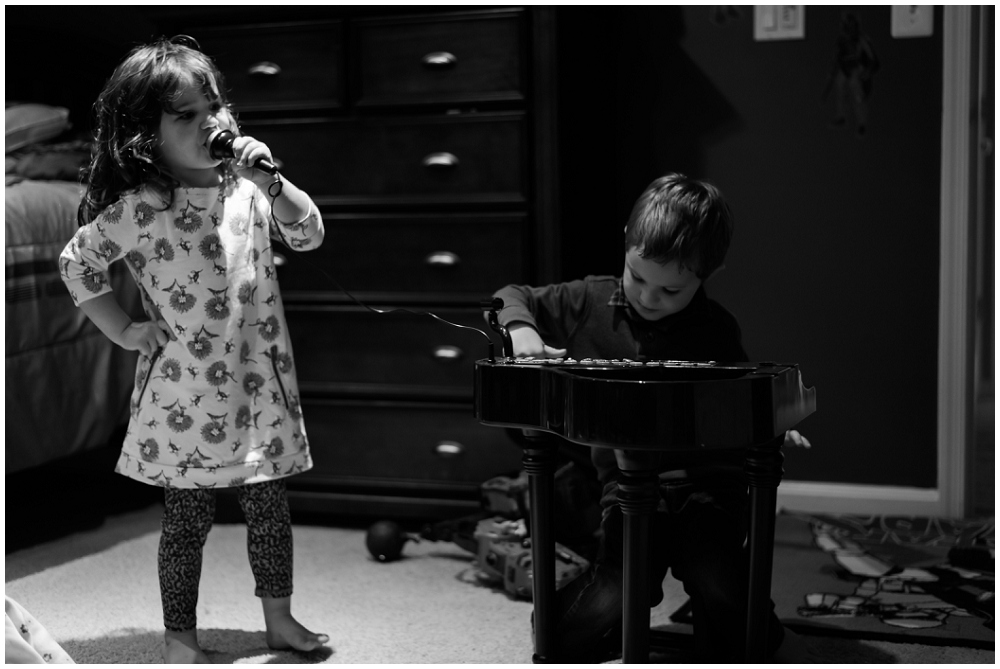
Be the first to comment